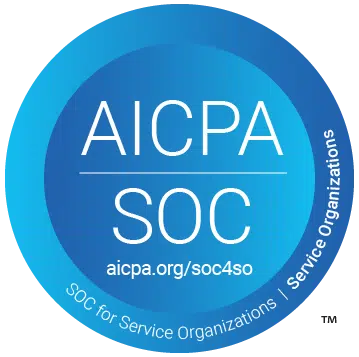
The pressure to modernize processes and improve service delivery is constantly increasing for public sector agencies. However, without the right framework, governments are more likely to experience huge costs and wastage of resources arising from the gap between digital readiness and technology implementation.
So how can public institutions navigate these realities and still deliver modern, efficient services?
The answer lies in building digital readiness from the ground up. A successful transformation starts with understanding your current capabilities, aligning teams, and building a strong foundation for change.
Why Digital Readiness Matters in the Public Sector
Public sector organizations are under increasing scrutiny to modernize their operations, improve service delivery, and make data-driven decisions. Citizens expect the same level of digital convenience from government as they do from private sector services. However, the path to digital maturity is fraught with challenges:
- Legacy systems and processes that resist change
- Siloed data and departments that hinder collaboration
- Skills gaps in digital and data literacy
- Budget constraints and competing priorities
Despite these hurdles, successful digital transformation is possible—and essential. The key is to approach transformation as a structured, ongoing process rather than a one-time project.
4-Step Framework for Digital Readiness in the Public Sector
Digital transformation in the public sector often feels like a balancing act, between innovation and regulation, urgency and capacity, ambition and reality. That's why successful transformation can't rely on ad hoc upgrades or one-time projects. It requires a clear, structured approach to building digital readiness across the entire organization.
At Bronson Consulting, we've developed a practical 4-step framework that helps public institutions move from complexity to clarity. Whether you're just starting your digital journey or looking to realign your current efforts, this framework provides the foundation for long-term success.
Step 1: Assess Digital Maturity to Map the Path Forward
Before embarking on any digital transformation, it's important to know where you currently stand in terms of your digital maturity. This refers to your ability to adopt new technologies based on your available infrastructure, skills, or data governance. To measure this capability, you need to start with a data maturity assessment.
A data maturity assessment isn't just a checkbox; it's a decision-making compass. It ensures that every dollar and hour spent on transformation supports long-term outcomes like agility, citizen trust, and measurable ROI.
With Bronson's Digital Maturity Assessment, you can evaluate your organization across five core pillars: governance, people and culture, infrastructure, data capabilities, and service delivery. It provides a clear, evidence-based snapshot of digital readiness, helping you prioritize initiatives that align with your strategic goals.
Step 2: Build the Right Capabilities and Resources
Once you understand your digital baseline, the next step is to define a compelling vision by curating the right mix of tools, technologies, and learning resources to bridge identified gaps. This involves:
- Selecting technology solutions that fit your needs and context, rather than defaulting to the latest trend or vendor.
- Investing in upskilling and cross-skilling your workforce, especially in data literacy and digital skills.
- Establishing robust data governance and security practices from the outset.
Step 3: Foster a Culture of Digital Learning and Change
Technology can only take you so far without people who can use it effectively. That's why capacity building is step three in our framework. Building a culture that embraces digital change and continuous learning is essential for public sector success.
Capability development must include:
- Role-specific: Customize learning paths for executives, managers, and operational staff.
- Continuous: Offer ongoing opportunities, from self-paced courses to peer learning.
- Embedded in culture: Celebrate experimentation, recognize data-driven wins, and make learning visible.
In addition to data literacy, government organizations must attract and retain digital talent.
Step 4: Track Progress and Demonstrate Value
The final step is to establish clear metrics and feedback loops to measure the impact of your digital initiatives. Unfortunately, this is where many public sector agencies struggle.
To avoid this, we recommend an agile approach that embraces iteration, feedback, and real-time data. Execution should focus on value delivery, not just project completion. Start with pilot projects to test ideas in low-risk environments, refine them with stakeholder input, and scale what works.
Once you have established your approach to execution, you need to measure your progress consistently. Below are some metrics to measure:
- Engagement: Participation rates in training, usage of new tools, feedback from staff
- Skills proficiency: Improvements in data literacy, digital skills, and subject mastery
- Organizational outcomes: Enhanced service delivery, cost savings, innovation, and talent retention
Regular measurement allows you to fine-tune your approach, celebrate quick wins, and build a compelling case for continued investment in digital transformation.
Take the First Step Toward Digital Readiness
Digital transformation in the public sector is both a challenge and an opportunity. With the right framework, leadership, and commitment to continuous learning, your organization can deliver better services, empower your workforce, and build trust with the communities you serve.
Take Bronson Consulting's Digital Maturity Assessment today and discover where you stand on your digital journey.





